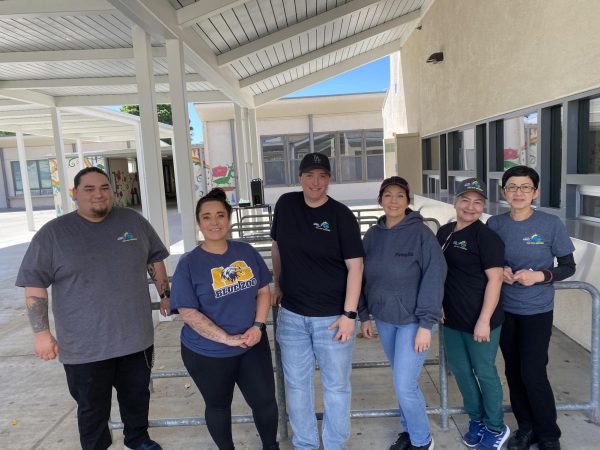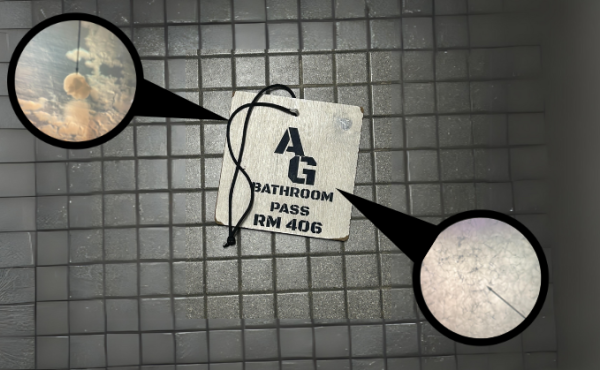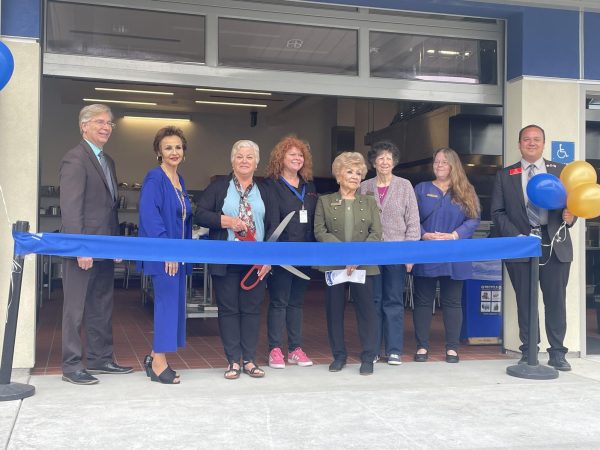The Restricted Section: The Bluest Eye
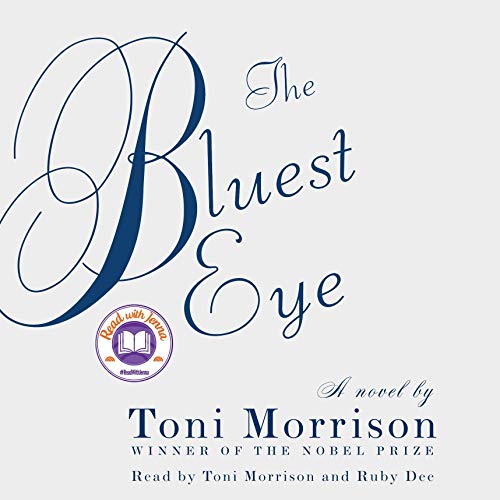
Toni Morrison’s The Bluest Eye was published in 1970 and tells the story of a black girl, Pecola Breedlove, who was impregnated by her father. Morrison weaves together many separate stories of people from the town to reveal the history and elements resulting in the loss of Pecola’s innocence.
Are books banned purely based on content, or rather the way the content is handled?
Toni Morrison’s The Bluest Eye was published in 1970 and tells the story of a black girl, Pecola Breedlove, who was impregnated by her father. Morrison weaves together many separate stories of people from the town to reveal the history and elements resulting in the loss of Pecola’s innocence.
The book centers around Pecola Breedlove, a young black girl. Her family situation is chaotic, with her parents fighting routinely and her father burning down their house at one point.
The Bluest Eye explores many themes, the most prevalent being internalized racism and repetition of history. The book is structured in a way where many characters get a chapter dedicated to their life, and the book’s central ideas are explored differently in each character’s experience.
Morrison uses figurative language throughout the book to compare blackness with dirt, shame, and chaos, and whiteness with order, purity, and cleanliness. Many characters, especially Pecola, despise their own blackness, rather than the whites that oppress them. In one scene, a group of black boys are picking on Pecola, making fun of the color of her skin, but shockingly, the group of boys are all black as well.
“It was their contempt for their own blackness that gave the first insult its teeth.”
The recurring theme of internalized racism is never resolved by the end of the novel, and Pecola doesn’t gain happiness until she is tricked into believing she has blue eyes, an inherently white trait she values for no other reason than its connotation with purity. Although Pecola got exactly what she wanted the whole novel, it leaves the reader with an empty feeling.
She doesn’t love her true self, rather she assumes the role of the oppressor, and talks down on her other black classmates, mirroring the way she was bullied at the beginning of the novel.
The cycle of abuse experienced by so many characters relates to a major theme of the book; repetition of history. Family histories are explored frequently within the book, where a character is introduced, and then the narrative shifts to their child.
The Bluest Eye’s final chapters focus on Soaphead Church and his heritage. His family wishes to “purify” their bloodline, trying to marry white people so that their children may have whiter skin. Soaphead Church is a misanthrope, someone disgusted by humanity, but his family’s obsession with purity manifests in him through an obsession with children.
Pecola’s father, Cholly, is also explored thoroughly in a later chapter, shedding light on Pecola’s home situation, by giving context to who Cholly was before he was Pecola’s perpetually drunk father. He had a rough life, as he was abandoned by both his parents and was traumatized by an encounter with two white men while he was losing his virginity in the forest. As a result, Cholly emotionally disconnects from the world, both through alcoholism and depriving himself of emotional connection, resulting in a feeling of freedom but also emptiness. He finds temporary joy when he meets Pauline but with time the feeling dissolves.
When Cholly first encounters Pauline, she is scratching her leg with her other foot. The action is endearing and electrifying to Cholly. They share a mutual attraction and quickly become lovers.
This repetition of history leads to the most controversial moment of the book; when Cholly returns home drunk one day, he sees Pecola in the kitchen. She is doing dishes, and absent-mindedly scratches her leg like her mother once did, and he rapes Pecola.
The recurring themes of pedophilia and the eventual rape scene have caused the book to be banned in many schools.
According to pbs.org, The Bluest Eye has been criticized for “sexually explicit material” and “lots of graphic descriptions”.
Are these reasons to ban a book? The rape of a child is certainly terrible, and the subject matter certainly needs to be handled appropriately. A major reason literature is taught in school is the importance of class discussions, in order to dissect these very issues. Although Morrison humanizes Cholly, she in no way glorifies or encourages his actions, and instead it serves as more of a warning, showing the effects of trauma, addiction, and oppression. With a teacher’s guidance, students could understand the complexities of the subject matter, and be more aware of how those issues exist in the real world.
Exploring controversial topics is a large way in which people form their morals and worldview, and shielding students from reality does little good to preserve innocence in the long run. The issues presented in The Bluest Eye exist, and many students will encounter them in various forms, and the purpose of education is to equip students for the harsh world.
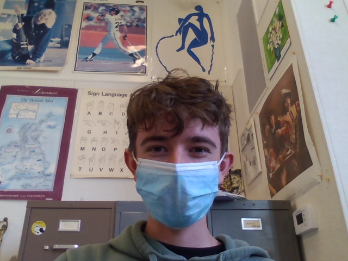
Jeremy Slayter is a reporter from the Eagle Times. He is new to journalism but is excited to dip his toes into the world of objectively recording events....





